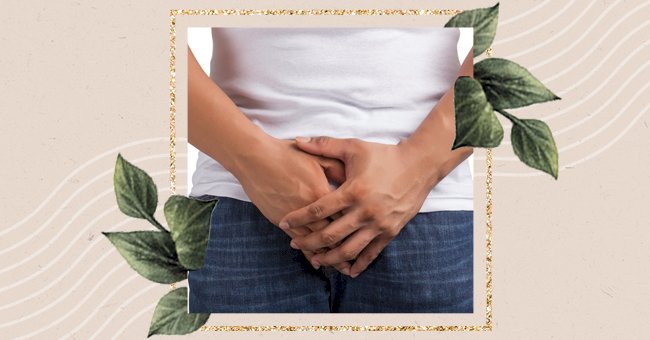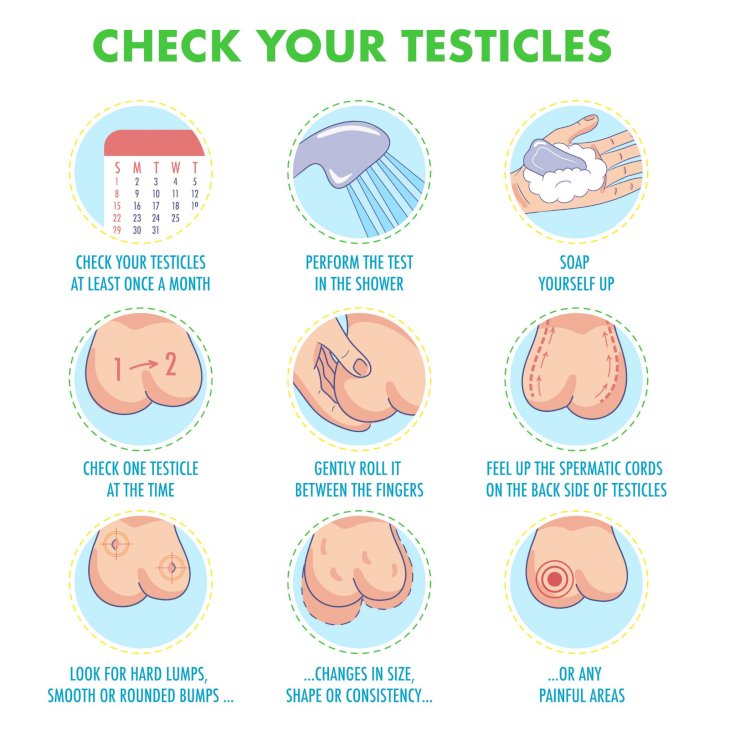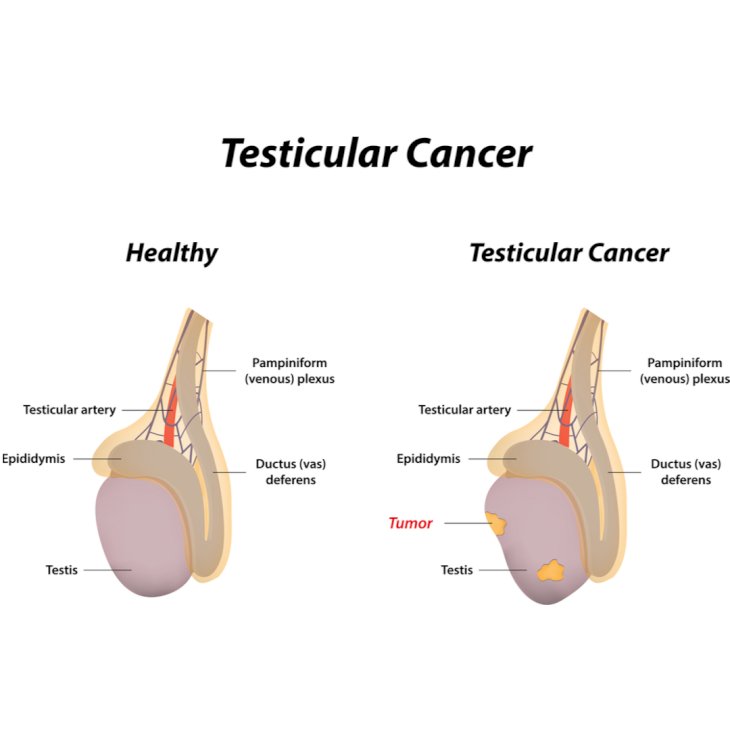
A Guide To Performing A Testicular Exam At Home
Testicular cancer is reportedly one of the most common cancers in males between 15 and 35. A regular testicular self-examination (TSE) can help check for testicular cancer.
While the survival rates for all stages of testicular cancer are relatively high, the general rule of thumb is that earlier detection is often best. Furthermore, early detection can help a diagnosed patient avoid some of the unpleasant side effects accompanying chemotherapy and radiation.
It's important to perform a TSE monthly to familiarize yourself with the normal size and shape of your testicles. In this way, you'll be able to tell if something feels out of the ordinary at any point.
What To Expect When Performing A Testicular Self-Exam

Shutterstock
Becoming familiar with the look and feel of your testicles can take a minute, and it can help you notice abnormalities if they occur. When performing a TSE, the characteristics of healthy testicles include:
- Each testicle feels smooth and firm, like an egg.
- One testicle may be slightly smaller than the other.
- One testicle may hang lower than the other.
- No pain or discomfort in testicles and scrotum.
Possible Signs of Testicular Cancer You May Note When Performing A TSE

Shutterstock
It's important that you perform a TSE even if you've already been treated for testicular cancer. Developing cancer in the other testicle is still a possibility. When performing a TSE, take note of anything unusual, like:
- A lump in or on the testicle. Lumps may be as small as a grain of rice or a pea.
- changes in testicular size or shape
- changes in the feel of the testicle, including a feeling of heaviness in the scrotum and a dull ache in the affected testicle. Though testicular lumps are usually painless (about one in 10 are painful)
How To Perform A TSE

Shutterstock
Ideally, perform a TSE after your bath or shower when the scrotum is most relaxed. This makes it easier to feel testicular lumps if there are any.
Examining one testicle at a time, start by gently pinching the top of the scrotum, with your thumb on top. You should feel the spermatic cord.

Shutterstock
Using your other hand, glide your thumb and fingers along the sides of the testicle. And then, repeat over the front and back of the testicle. At the base, you'll feel the epididymis (the tube that carries sperm out of the testicle), which feels like a tender lump.
If You Feel Abnormalities During Your TSE

Photo by Online Marketing on Unsplash
If you feel lumps or swelling, they may not be cancer, but you should ideally have them checked by your doctor as soon as possible.
Testicular cancer is usually curable, especially when it is detected and treated early, so be sure to check your testicles regularly.